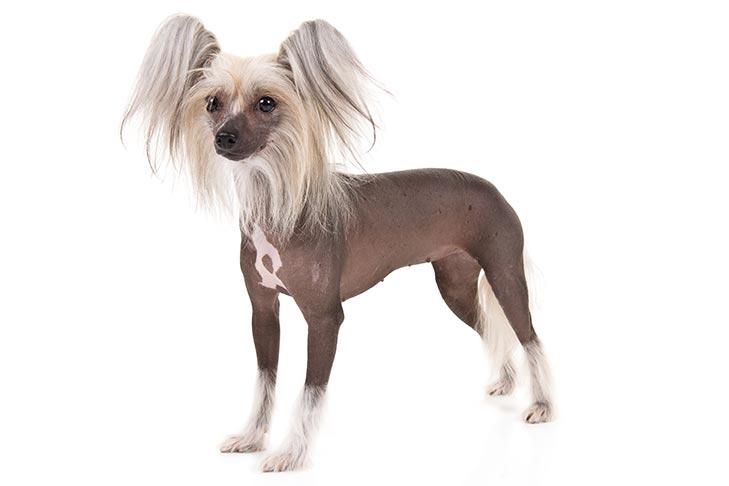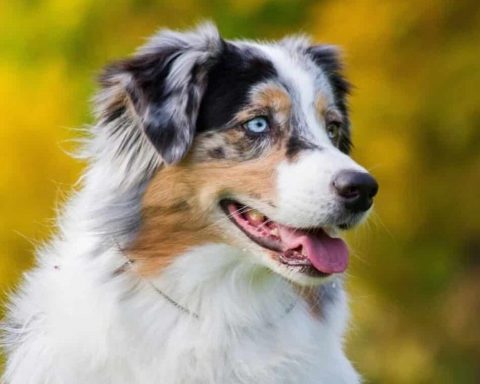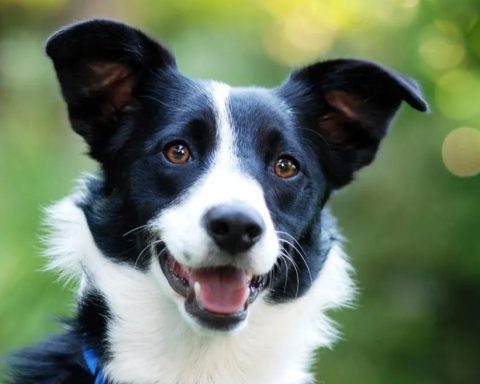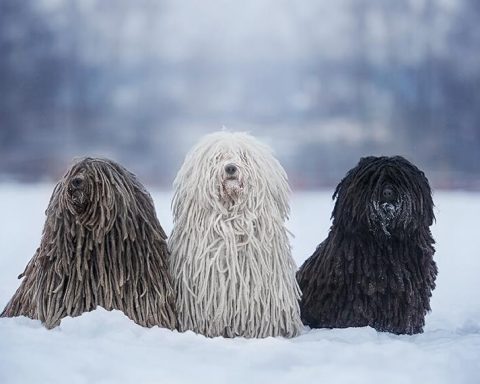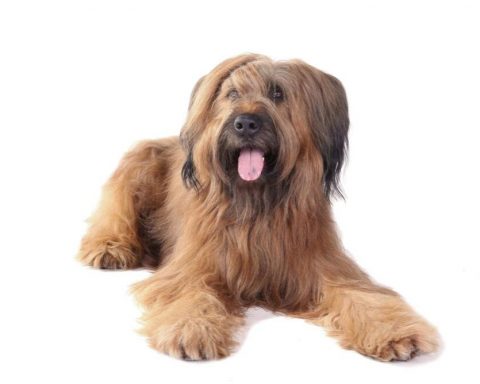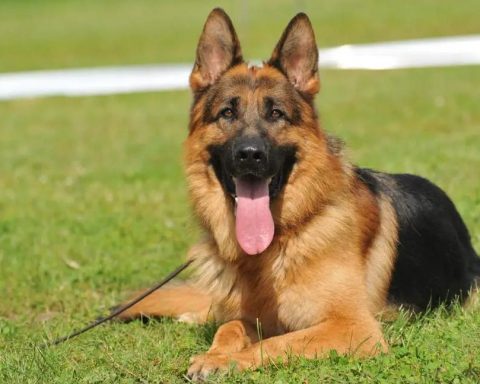Introduction
The Toy Poodle is delicate, elegant, and graceful. There are two distinct appearances within the same litter: the hairless variety, which only has fur on its head, feet, and tail, and the Powder Puff variety, which has fur all over. This breed makes a great family pet and a very competent playmate.
Size
Ideal size is 11-13 inches, but slightly larger or smaller sizes can also be considered as long as they fit the overall proportion. Rectangular proportion allows for free movement of the body. Body length (from shoulder to tail root) should be slightly greater than shoulder height. The bone structure is slender and the body is slim, making it delicate but not fragile. It should not be too sturdy or heavy.
Head
The expression is alert and enthusiastic. The almond-shaped eyes are well-spaced apart. The eye color is dark for dark-colored dogs and light for light-colored dogs. The eye rim color should match the coat color. The ears are large and erect, and should not be cropped. The ear position is aligned with the outer corner of the eye. The head is slightly arched from ear to ear and from the back of the head to the stop, which is equal in distance to the distance from the stop to the nose. The head appears wedge-shaped from the top or the side. The stop is slight but distinct. The muzzle gradually tapers to form a clear cone shape. The nose is black for dark-colored dogs and light for light-colored dogs, but the color must be consistent. The lips are clean and tidy. The bite is a scissor bite. For Powder Puff variety, missing teeth are considered a defect, but for the hairless variety, missing teeth are not a concern.
Neck, Topline, Body
The neck is inclined and clean, supporting the head from the shoulders in an arch shape. The topline slopes slightly towards the hindquarters. The body has a deep chest that aligns with the elbows, with no protruding sternum. The rib cage is well developed. The depth of the chest gradually decreases from the shoulders to the waist. The waist is slim. The tail is long and thin, becoming even thinner at the tip. The length of the tail allows it to touch the hock joint. When the dog is moving, the tail moves cheerfully or curls up on the back.
Front Legs
The shoulder blade is angled backward at 45 degrees, and the shoulders are clean and narrow. The elbows are close to the body. The legs are long, slender, and straight. The wrists are vertical, delicate, and strong. The dewclaws may have been removed. The feet are hare-shaped, narrow, and with long toes. The nails are trimmed to a medium length.
Hindquarters
The hock joint is angled appropriately. The hind legs are vertical from the hock joint to the ground. The dewclaws may have been removed. The feet are the same as the front legs.
Coat
The hairless variety only has fur in a few areas of the body: the head (called the crest), the tail (called the plume), and the forelegs and hindlegs (called the bracelets). All the hair, no matter how long it grows, is soft like silk. The hair’s location is not as important as the overall appearance, and the areas with hair usually taper gradually. The body has no hair anywhere, and the skin is soft and smooth. The crest starts from the stop and becomes sparse from the head to the back of the neck. The hairless variety allows hair on the face and ears, but both varieties may have this hair trimmed for neatness. The plume is at the lower end of the tail.
The Powder Puff variety has a double layer of soft, silky hair. Upon closer inspection, one can see that there is a long outer coat covering a short undercoat. The density and length of the coat should be moderate and straight. Too much or heavy coat, curly or twisted coat are considered serious faults. Grooming is necessary to maintain a clean and neat appearance.
Color
Any color or combination of colors is acceptable.
Gait
Lively, agile, smooth, and without any unnatural or clumsy movements. It moves in a straight line whether coming or going, and with a small trot.
Temperament
Happy and alert.
Standard Approved: June 12, 1990
Standard Effective: April 1, 1991
